The call of the trail beckons differently to each adventurer. For some, the solitude of a solo trek offers unparalleled freedom and self-discovery, while others thrive on the shared experiences and safety net of group expeditions. Choosing between solo trekking and joining a group isn’t merely a practical decision—it’s a reflection of your personal journey style, safety considerations, and what you hope to gain from your time in nature. Whether you’re contemplating your first serious hiking adventure or you’re a seasoned trekker looking to try a different approach, understanding the nuances of both styles can help you make the choice that will create the most meaningful wilderness experience for you. Let’s explore the factors that might influence your decision, the benefits and challenges of each approach, and how to prepare regardless of which path you choose.
Understanding Solo Trekking: The Path of Self-Reliance
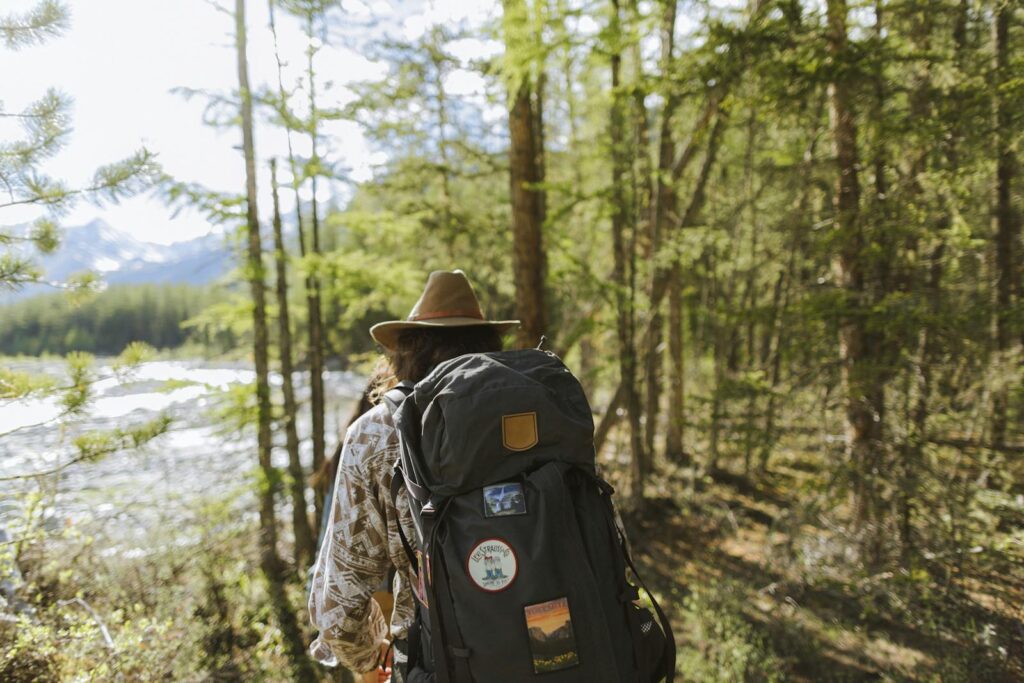
Solo trekking represents the purest form of wilderness immersion, where you alone determine your pace, schedule, and destinations. This style of adventure places complete responsibility on your shoulders—from navigation and meal planning to emergency response and psychological resilience. Many experienced solo trekkers describe a profound sense of connection with nature that emerges when there are no conversations to distract from the subtle sounds of the forest or the changing patterns of light across a mountain range. Solo journeys often become meditative experiences, allowing trekkers to process thoughts, work through personal challenges, or simply exist in a state of mindful awareness that can be difficult to achieve in daily life. However, this independence comes with the caveat that every decision, mistake, and triumph belongs entirely to you, creating both a heightened sense of accomplishment and an increased level of risk.
The Social Dynamics of Group Trekking
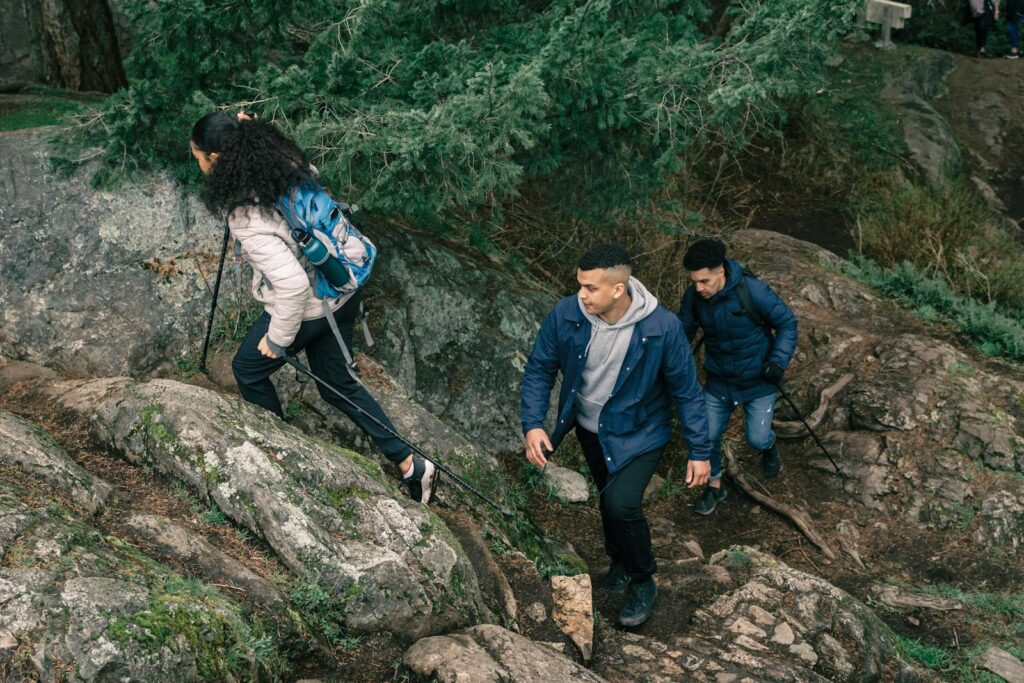
Group trekking transforms a wilderness journey into a collective experience, whether you’re joining an organized tour, hiking with friends, or meeting fellow adventurers through trekking clubs. The shared nature of group expeditions creates opportunities for bonding through challenges, celebrating accomplishments together, and forming friendships based on common interests and experiences. Many trekkers find that group dynamics enhance their journey, offering perspectives they might have missed alone and creating memories enriched by different viewpoints and personalities. The practical benefits are substantial too—groups can distribute communal gear among members, reducing individual pack weights, and bring specialized skills that benefit everyone, from wilderness first aid to backcountry cooking expertise. For many, the laughter around evening campfires and the motivational support during difficult sections of trail become the highlight memories of their trekking experiences.
Safety Considerations: The Reality Check

Safety represents perhaps the most significant practical difference between solo and group trekking approaches. In groups, an injury or emergency situation immediately has multiple responders available, with various skill sets and the physical capability to seek help while someone remains with an injured party. Group members can monitor each other for signs of altitude sickness, hypothermia, or dehydration—conditions that can develop gradually and might go unnoticed by the affected person. Solo trekkers must implement more rigorous safety protocols, including detailed trip plans left with reliable contacts, scheduled check-ins, carrying comprehensive emergency equipment, and possessing higher levels of wilderness first aid knowledge. The reality is that remote wilderness areas present inherent risks, and statistics consistently show that solo trekkers face more serious consequences from the same incidents that groups typically manage with relative ease. This doesn’t mean solo trekking is reckless, but rather that it requires exceptional preparation and risk management skills.
Freedom vs. Compromise: The Scheduling Dilemma
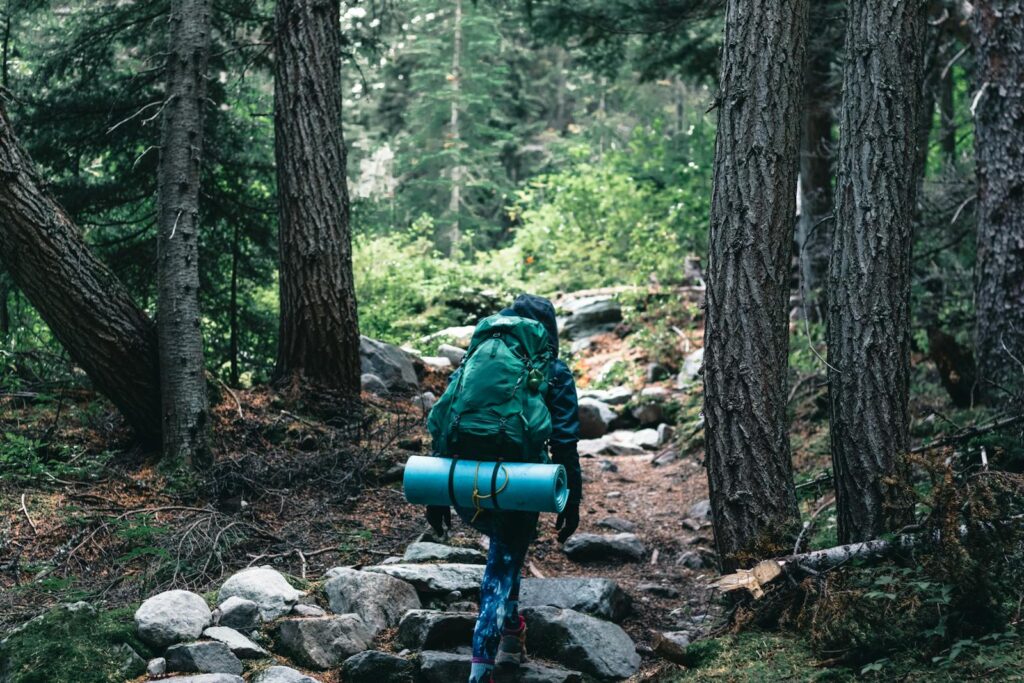
One of solo trekking’s most celebrated advantages is the absolute freedom to adjust plans on a whim—extending stays in particularly beautiful spots, taking unplanned side trails, or pushing harder on days when energy is abundant. This flexibility allows solo trekkers to fully embrace the spontaneous nature of wilderness exploration, responding to weather changes, physical condition, or simply following curiosity without negotiation. Group treks, by contrast, require consensus and compromise, with decisions made collectively or by designated leaders, considering the needs and capabilities of all members. Pre-established itineraries in organized group treks often mean adhering to specific campsites and mileage goals, regardless of personal preference or energy levels. Many experienced trekkers find that this scheduling distinction significantly impacts their enjoyment, with those who value autonomy often preferring solo journeys while those who appreciate structure and shared responsibility gravitating toward group experiences.
Cost Implications of Different Trekking Styles
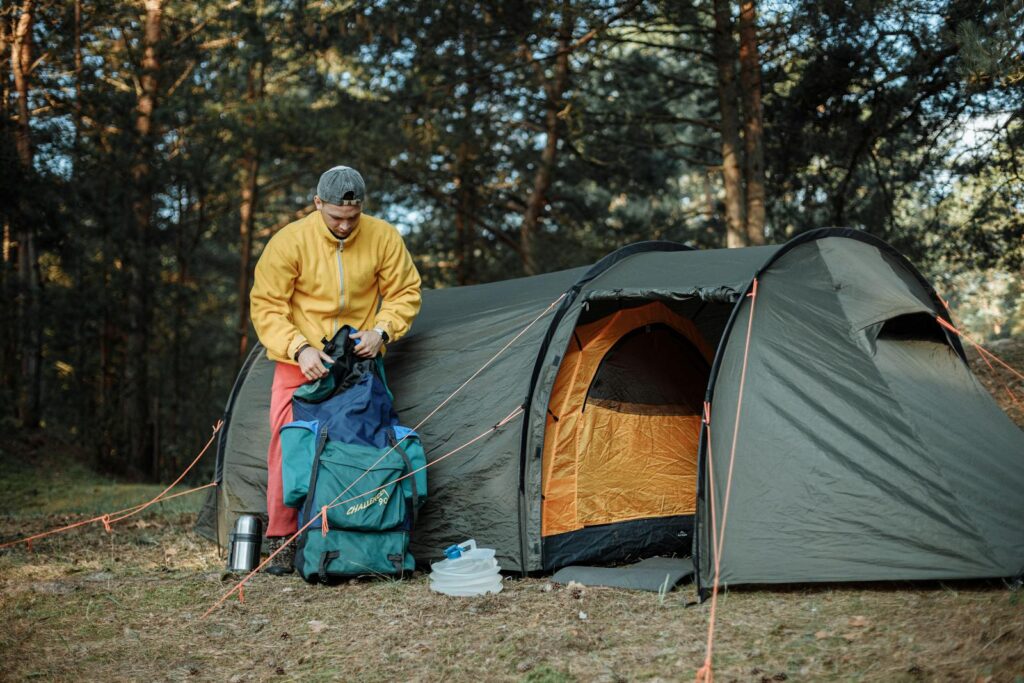
The financial aspects of trekking vary considerably between solo and group approaches, influencing many trekkers’ decisions. Solo adventures typically require greater personal investment in comprehensive gear, as you’ll need to carry everything yourself without sharing the load of communal equipment like cooking systems, water filters, or emergency devices. Commercial group treks often come with significant price tags covering guides, permits, food, and sometimes equipment rental, but may ultimately prove economical for those who trek infrequently and would otherwise need to purchase specialized gear. Self-organized group treks among friends often represent the most cost-effective approach, allowing for shared expenses and distributed gear weight while avoiding commercial tour premiums. Some remote destinations practically require group travel due to permit systems, local regulations, or logistical challenges that make solo access prohibitively expensive, while other areas may be more affordable to access independently without the overhead of organized tours.
Skill Development and Learning Opportunities

The learning trajectory differs markedly between solo and group trekking experiences, each offering unique opportunities for skill development. Solo trekkers develop comprehensive self-reliance out of necessity, becoming proficient in navigation, weather interpretation, campsite selection, and efficient packing—because there’s simply no one else to handle these tasks. This sink-or-swim environment accelerates competence but can present a steeper and sometimes riskier learning curve. Group treks, particularly those led by experienced guides, create natural mentorship opportunities where novices can learn from experts in real-world conditions, absorbing knowledge about trail techniques, environmental interpretation, and wilderness ethics through observation and instruction. Many trekking enthusiasts find that alternating between styles provides optimal development, using guided group experiences to build fundamental skills before applying them independently on progressively more challenging solo adventures. This hybrid approach allows for knowledge acquisition in supportive environments followed by skill mastery through autonomous application.
The Psychological Dimension: Mental Challenges and Rewards
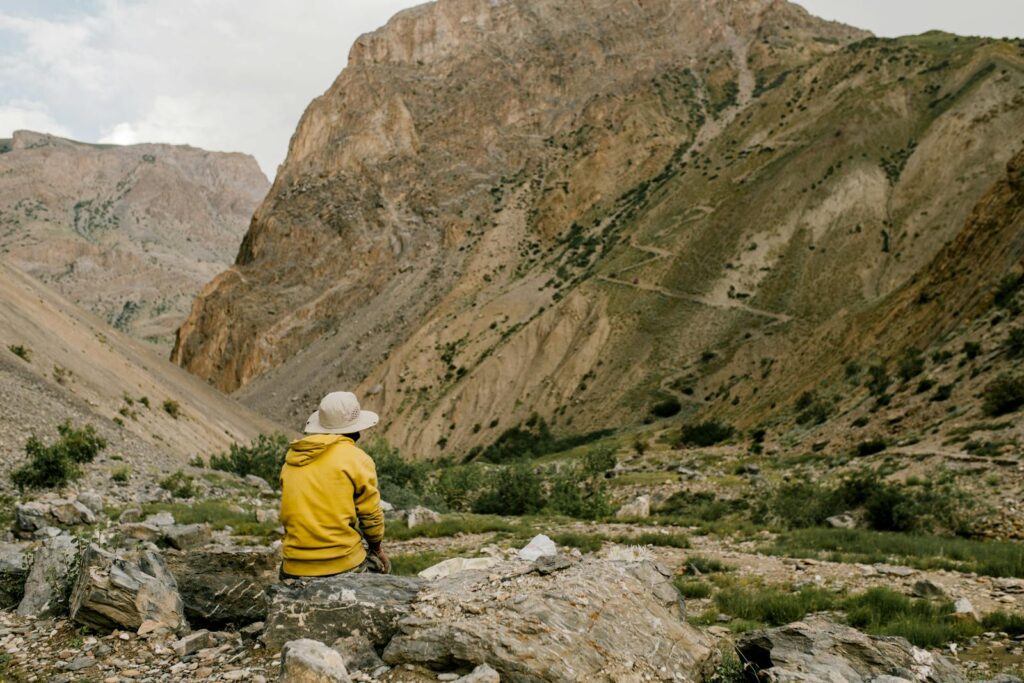
The psychological experience of trekking varies dramatically between solo and group adventures, with each presenting unique mental challenges and opportunities for growth. Solo trekkers often report profound psychological benefits including enhanced self-confidence, mental resilience, and clarity of thought that comes from navigating challenges independently. However, they must also contend with potential loneliness, anxiety during difficult situations, and the mental fatigue of constant vigilance and decision-making without input from others. Group trekkers experience different psychological dynamics, including the emotional safety net of shared responsibility, motivation from group energy during challenging sections, and the special camaraderie that develops from overcoming obstacles together. The flip side can include frustration with group decisions, interpersonal tensions that inevitably arise during physically demanding activities, and less opportunity for the deep introspection that solitude provides. Understanding your psychological needs and comfort with solitude versus social interaction represents a crucial factor in choosing the style that will provide the most rewarding experience.
Destination Considerations: When Location Dictates Style

Certain trekking destinations inherently favor either solo or group approaches based on their environmental conditions, infrastructure, and regulatory frameworks. Remote wilderness areas with challenging navigation, extreme weather conditions, or significant wildlife concerns (such as grizzly bear territories) generally become safer and more accessible through group trekking. Many international trekking destinations effectively require group travel due to permit systems, language barriers, complex logistics, or local regulations designed to promote tourism employment through mandatory guide hiring. Conversely, well-marked national park trails with reliable infrastructure, frequent ranger patrols, and consistent cell coverage present ideal conditions for solo trekkers to build experience safely. Popular trekking routes like portions of the Appalachian Trail or Camino de Santiago offer an interesting middle ground, where solo trekkers often naturally form temporary “trail families” with others moving at similar paces, creating organic social experiences without formal group commitments. When selecting your trekking style, researching destination-specific factors can help determine whether solo travel is practical or if group approaches might be necessary regardless of personal preference.
Cultural Immersion: Different Perspectives on the Trail
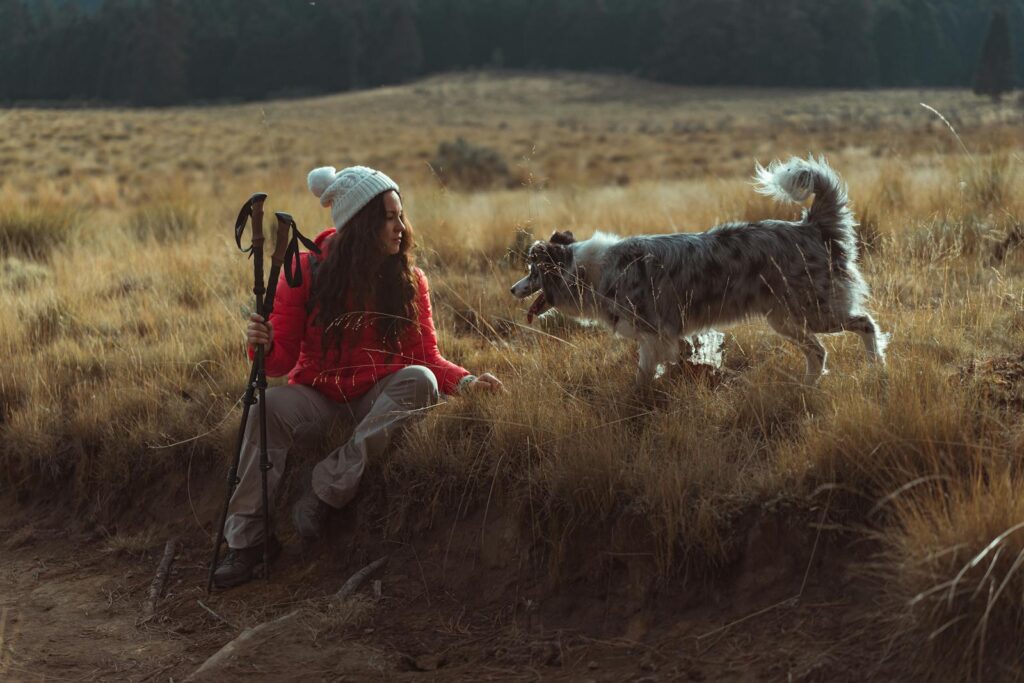
The cultural dimension of trekking varies significantly between solo and group experiences, particularly in international destinations. Solo trekkers often find themselves more approachable to locals, receiving spontaneous invitations into homes or engaging in deeper conversations than might occur with more intimidating groups. This accessibility can create authentic cultural exchanges and unexpected learning opportunities that become defining moments of a journey. Group treks, especially those with local guides, offer structured cultural insights with the advantage of knowledgeable interpretation and context that might be missed by independent travelers unfamiliar with local customs. Guides can facilitate appropriate interactions, translate conversations, and provide historical background that enriches the cultural understanding beyond what guidebooks offer. Many travelers find that their most meaningful cultural experiences occur in small groups of two to four people—large enough to benefit from local knowledge through guides but small enough to be welcomed into authentic community settings rather than being perceived as intrusive tourist groups.
Environmental Impact: Treading Lightly in Different Ways
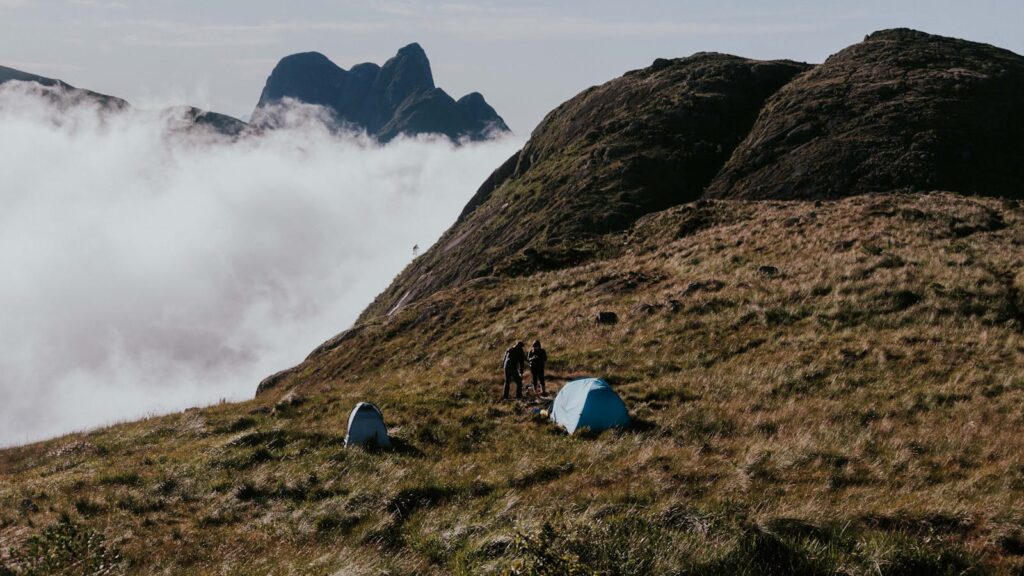
The environmental footprint of trekking varies between solo and group approaches, though responsible practices remain essential regardless of group size. Solo trekkers typically create less concentrated impact at campsites and have greater flexibility to practice dispersed camping techniques that allow areas to recover more quickly. However, multiplying solo trekkers across popular routes can sometimes create more cumulative impact than equivalent numbers traveling in organized groups that concentrate their presence. Well-managed group treks, particularly those led by environmentally conscious guides, often implement more systematic Leave No Trace practices and can more effectively concentrate impact in designated areas while keeping other zones pristine. Education represents another important environmental dimension, with guided groups receiving structured instruction in minimum-impact practices, while solo trekkers must independently seek out and implement this knowledge. The most environmentally conscious approach varies by ecosystem and usage levels, with some fragile areas benefiting from the controlled impact of guided groups while other regions may sustain solo travel with less ecological disruption.
Photography and Documentation: Capturing Different Perspectives
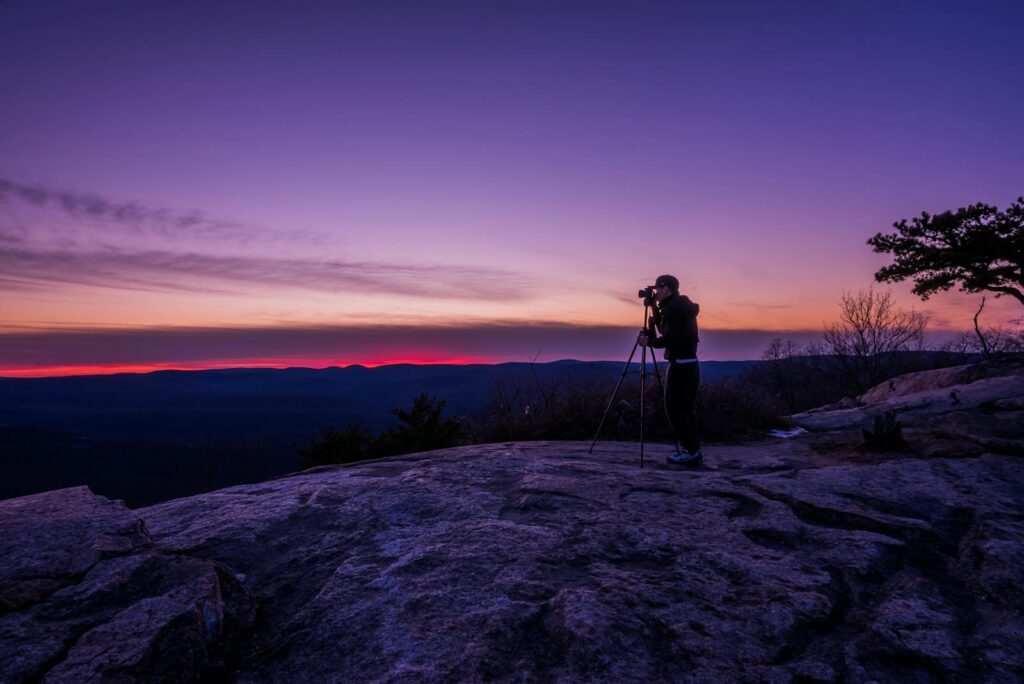
For trekkers who value documenting their journeys, the solo versus group decision influences both the practical aspects of photography and the nature of the visual narrative created. Solo trekkers enjoy uninterrupted opportunities to immerse in photography, setting up thoughtful compositions without concerns about holding up a group or missing social interactions. This independence allows for dawn and dusk shoots when light is optimal, extended time capturing difficult subjects, and the meditative experience of photography as a form of mindfulness. The challenge comes with self-portraits and documenting the human element of the journey, requiring creative use of tripods, timers, and remote triggers. Group trekking offers the significant advantage of having willing photographers to capture authentic moments of your experience in the landscape, creating a more complete visual story that includes both the scenery and your presence within it. Many photography enthusiasts find that small groups of two or three like-minded individuals provide the ideal balance—enough people to document each other’s experiences without the chaos of larger groups that can complicate thoughtful image-making.
Making the Transition: From Group to Solo or Vice Versa
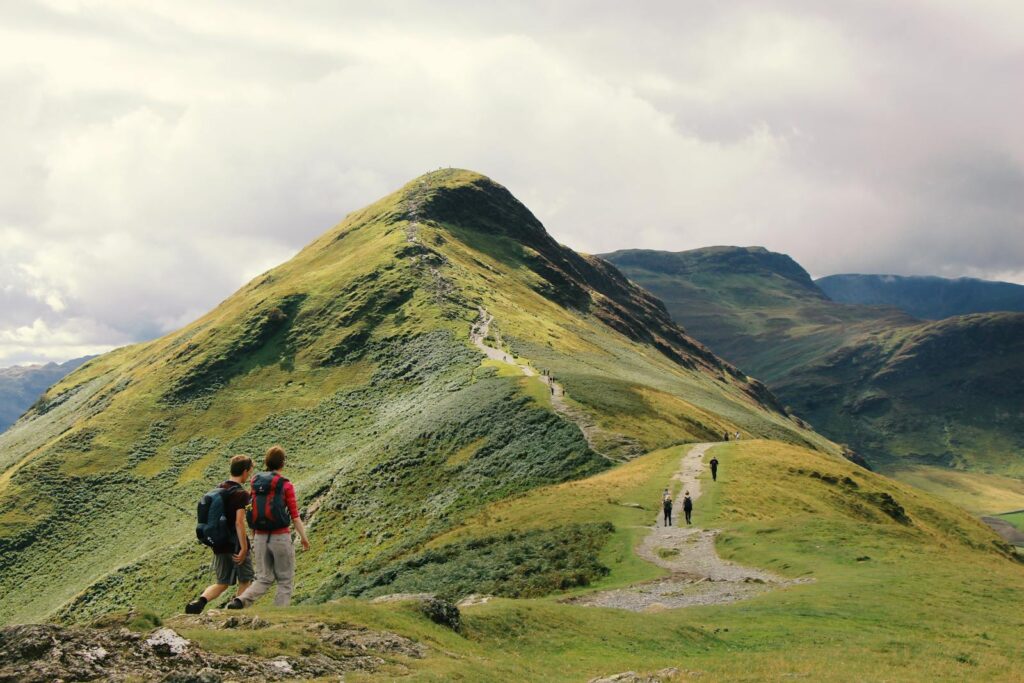
Many experienced trekkers find themselves wanting to experiment with a different style after becoming comfortable with either solo or group adventures. Transitioning from group to solo trekking requires gradual skill building, beginning with day hikes alone before progressing to overnight trips in familiar areas with reliable conditions and communications. This methodical approach allows for developing self-sufficiency while maintaining reasonable safety margins as confidence and competence grow. Moving from solo to group trekking presents different challenges, particularly adjusting to collective decision-making and aligning personal trekking philosophy with group dynamics. Starting with smaller groups of like-minded individuals before joining larger organized expeditions can ease this transition. Many trekkers ultimately develop a hybrid approach, enjoying solo adventures for certain types of experiences while embracing group dynamics for more challenging destinations or when social experiences are desired. This flexibility allows for selecting the most appropriate style for each specific journey rather than committing exclusively to one approach.
Preparing for Your Journey: Universal Considerations

Regardless of whether you choose solo or group trekking, certain fundamental preparations remain essential for a successful wilderness experience. Physical conditioning appropriate to your intended route demands attention well before departure, with cardiovascular fitness, leg strength, and core stability forming the foundation of trekking readiness. Equipment selection requires careful consideration of weight, functionality, and reliability, with particular attention to the ten essentials: navigation tools, sun protection, insulation layers, illumination, first aid supplies, fire starters, repair tools, nutrition, hydration, and emergency shelter. Developing weather awareness and the ability to interpret changing conditions significantly enhances safety for all trekkers, as does learning basic wilderness first aid appropriate to your destination’s potential hazards. Perhaps most importantly, cultivating a flexible mindset that embraces the unexpected—whether adverse weather, trail detours, or physical challenges—allows trekkers of all styles to adapt gracefully to wilderness realities rather than struggling against circumstances beyond their control.
The choice between solo and group trekking ultimately reflects your personal wilderness philosophy, risk tolerance, and what you hope to gain from time on the trail. Many experienced adventurers find value in both approaches, selecting the style that best suits each particular journey’s goals and conditions. Whether you seek the introspective solitude of solo travel or the shared memories of group adventures, the mountains, forests and deserts await with experiences that can transform perspectives and create lasting connections to our natural world. The most important decision isn’t which style you choose, but simply that you choose to answer the call of wild places in whatever manner allows you to engage most authentically with both the landscape and yourself.

